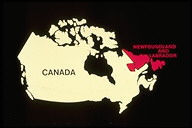
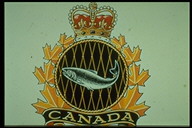
The Newfoundland Cod Fishery in the Nineteenth Century: Is there anything to be learned?
Excerpts of material written by Shannon Ryan, Memorial University of Newfoundland. Presented to the Inshore Fisheries Workshop, Gander, Newfoundland. March 26, 1990.
Introduction


The history of the Newfoundland cod fishery dates from the discovery of the North American continent at the close of the fifteenth century. Almost immediately English, French, Spanish and Portuguese fishermen began coming annually to Newfoundland waters to fish for cod.
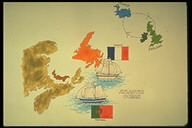
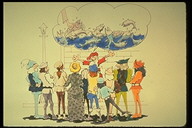
During the early decades of the sixteenth century these fishermen learned how and where to fish, and how best to preserve the fish. The fish were caught by hook and line using sea birds, herring, capelin and squid for bait.
The Spanish, Portuguese and French, concentrated on fishing on the Banks off Newfoundland where fish could always be found; the catch was salted on board the ships and brought back to Europe to be dried and sold. Even when they fished near shore these fishermen usually used abundant supplies of salt. The English fishermen did not have access to the supplies of salt that were available to the others and could not salt their fish to the same extent. They, however, were able to develop a system which combined light salting for a short period, followed by thorough washing, and then drying in the open air. The result was the light-salted product for which Newfoundland eventually became famous.
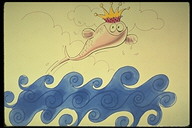
On the Grand Banks and other banks offshore it was reasonably simple to seek out the fish stocks at any time during the season, but inshore, where most of the English ships fished, a knowledge of the fishing grounds took years to acquire, and was added to in each generation. The inshore fishery was dependent on the cod migrating from their offshore feeding and breeding grounds, each year in early summer, and each harbour and inlet had certain peculiarities.
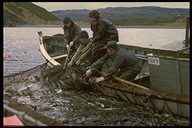
The fishermen fished daily from small boats with hook and line, and returned to shore each evening. They set up operations on sites that were closest to the nearby fishing grounds, and then built their stages for splitting and salting the fish; their cook rooms and bunkhouses for the crews; and the drying racks or flakes on which the fish were dried. These sites eventually became a string of settlements extending all around the island and along the coast of Labrador.
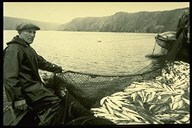
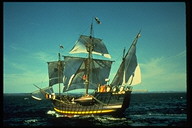
The early fishery was a truly international affair, with the four leading nations of western Europe participating. However, wars in the late sixteenth century eliminated the Spanish and Portuguese fisheries - and also brought to an end the thriving whale fishery, which the Spanish Basques prosecuted in the Straits of Belle Isle. Thereafter, the Newfoundland cod fishery was shared, seasonally every summer, by the English and French - with the latter concentrating on the Grand Banks, in the Gulf of St. Lawrence and on Newfoundland's south coast. As a result of the wars of the early eighteenth century France gave up its fishery on the south coast and received in return the right to fish on the west coast and Northern Peninsula; they retained this right until 1904 when by mutual agreement they relinquished it to the Newfoundland residents.
These Newfoundland residents, with few exceptions, were descended from two groups: The fishermen who originally came to fish on a seasonal basis, returning to England at the end of each summer; and the Irish who came to work for them, and stayed. (In addition, the Scots, French and Micmacs established communities.) The fishing ships were gradually replaced by trading ships, which came to exchange goods for fish and, in order to maintain a supply of goods, warehouses and mercantile establishments were erected.
For a variety of reasons some of the original seasonal fishing sites expanded and became fair-sized commercial and fishing towns. With its well-protected and easily fortified harbour St. John's became a capital centre of some consequence.